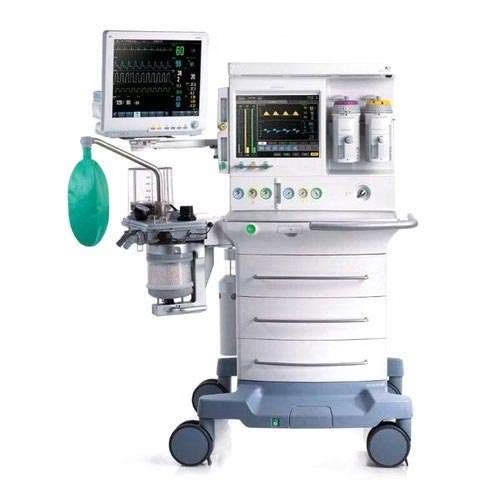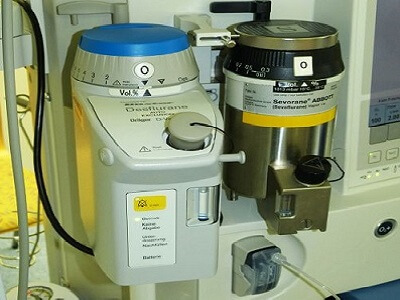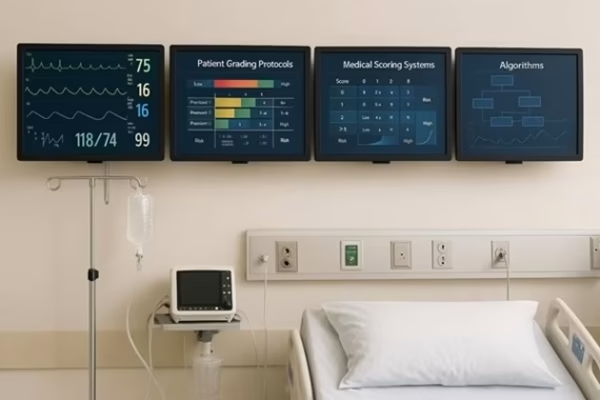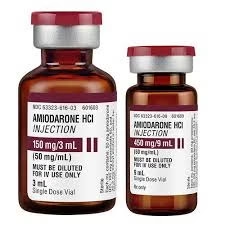Anesthesia Machine & Anesthesia Workstation
 Welcome to the nerve center of the operating room. The anesthesia workstation, with its complex array of dials, circuits, and monitors, can seem like an intimidating beast. But what if you could master it? This comprehensive resource is your guide on a fascinating journey—from the historic, clunky elegance of the Boyle's machine to the sleek, intelligent workstations of Dräger, GE, and Mindray that define modern practice. We will demystify the physics, deconstruct the components, and build your confidence. This isn't just about learning a machine; it's about understanding your most critical partner in ensuring patient safety.
Welcome to the nerve center of the operating room. The anesthesia workstation, with its complex array of dials, circuits, and monitors, can seem like an intimidating beast. But what if you could master it? This comprehensive resource is your guide on a fascinating journey—from the historic, clunky elegance of the Boyle's machine to the sleek, intelligent workstations of Dräger, GE, and Mindray that define modern practice. We will demystify the physics, deconstruct the components, and build your confidence. This isn't just about learning a machine; it's about understanding your most critical partner in ensuring patient safety.
Our journey will be a methodical one. We'll start by laying a strong foundation, exploring the history and the core physics that govern every machine. From there, we'll build up your knowledge piece by piece, dissecting the classic anatomy of an anesthesia machine and mastering the circle breathing system. Only then will we leap into the modern era, comparing the sophisticated features of today's leading workstations. Each module is designed to build upon the last, transforming a daunting subject into a clear, manageable, and ultimately, masterable skill.
Diclofenac Sodium
For the anesthesiologist, diclofenac is a valuable tool for opioid-sparing, multimodal analgesia. Its use demands a strict risk-benefit analysis, vigilantly balancing its potent anti-inflammatory pain relief against the significant perioperative dangers of bleeding, renal injury, and gastrointestinal complications.
Cisatracurium

Cisatracurium offers predictable paralysis with unique advantages. Its organ-independent metabolism and lack of histamine release make it perfect for hemodynamically unstable patients and those with renal or hepatic failure. Discover why this NMBA is a critical tool in modern anesthesia and critical care.
Intravenous Anesthetics & Sedatives
Intravenous anesthetics and sedatives offer unparalleled control over consciousness. With a single injection, we can swiftly induce a state of calm or complete unconsciousness, tailoring the depth precisely to the patient’s needs—from a minor procedure to complex surgery. This is the art and science of modern IV anesthesia.
Pharmacology of Inhalational Anesthetics
[powerpoint id=”2241″]
Buprenorphine
Bupivacaine
Bupivacaine, marketed under the brand name Marcaine among others, is a long-acting, potent local anesthetic from the amide class. It is a cornerstone of regional anesthesia and pain management, valued for its duration of action but respected for its narrow therapeutic index and potential for severe cardiotoxicity.
Adenosine
Amiodarone
Disclaimer!
The information provided on this platform, including but not limited to articles, case studies, clinical scenarios, guidelines, and multimedia content, is intended for educational and informational purposes only.
The authors and editors of this material have made every effort to ensure the accuracy of treatments, drugs, and dosage regimens that conform to currently accepted standards. However, due to continual changes in information resulting from ongoing research and clinical experience, unique aspects of individual clinical situations, as well as the potential for human error; readers must exercise personal judgment when making a clinical decision.
This website may contain third-party information or links to other internet websites. We do not control nor assume responsibility for any third-party content provided nor content on linked Internet websites.
We strongly recommend the visitors of this website to go through its Detailed 'Disclaimer' and 'Terms of Use'.
By accessing, browsing, or using this website, you acknowledge that you have read, understood, and agreed to be bound by the 'Disclaimer' and 'Terms of Use'. If you do not agree with these terms, you must NOT use this website.

















